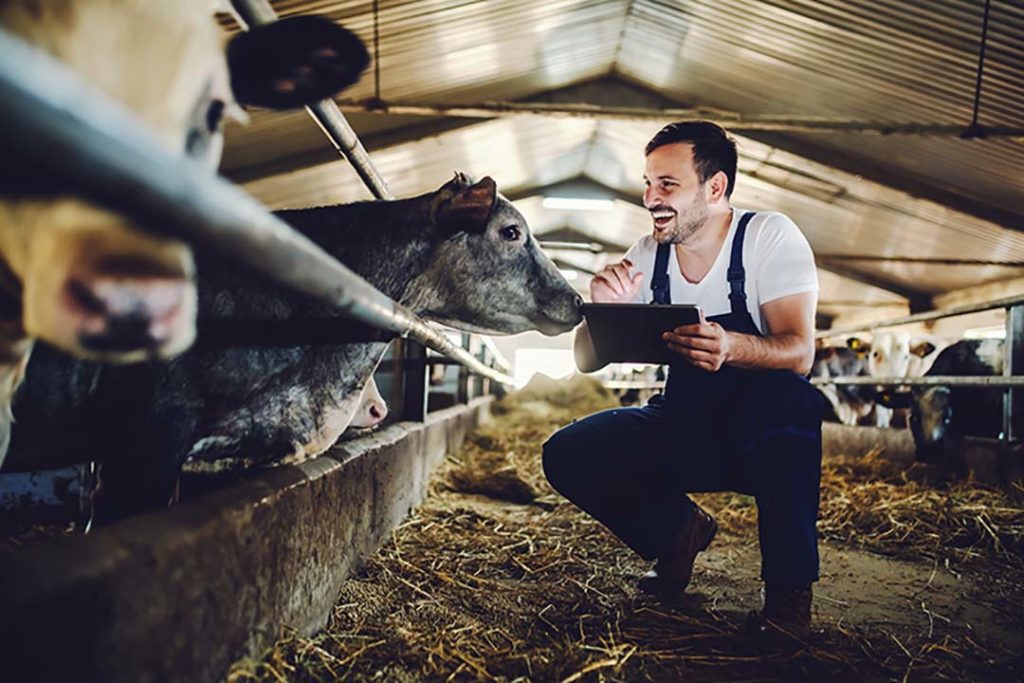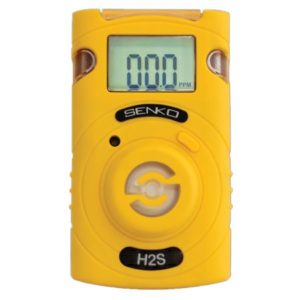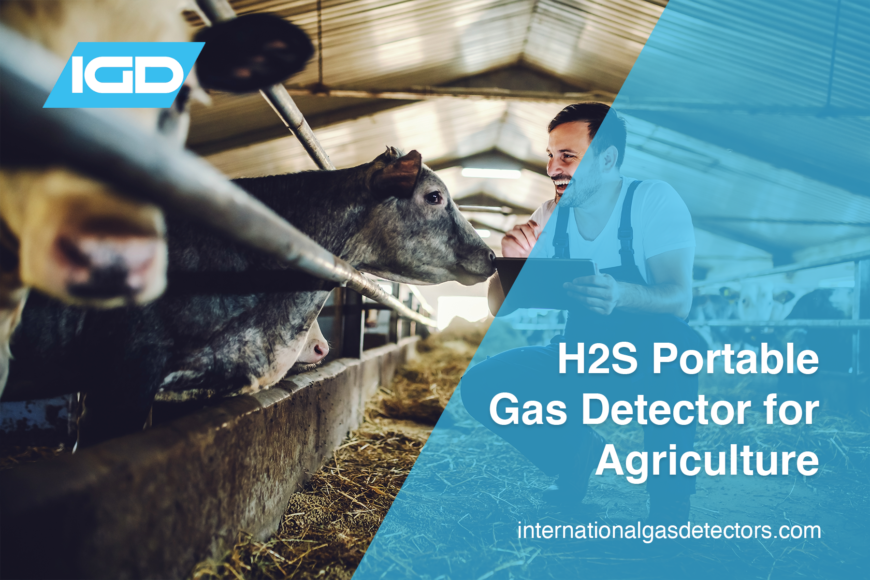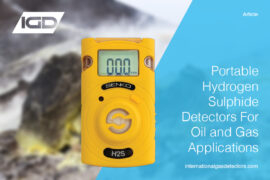H2S can be present in number of areas in agriculture. It is most commonly found in slurry pits or tanks where animal waste is stored, however it can also be found in poorly ventilated farm housing, such as livestock barns. This can easily turn into a hazard for personnel on site, as it is usually found indoors, in confined spaces, where H2S levels can quickly increase. A H2s gas detector is essential in these environments.
Why is H2S So Dangerous?
Hydrogen sulphide is a colourless, toxic gas with a rotten egg smell. It is produced by the bacterial breakdown of organic matter containing sulphur i.e manure. It is very commonly found in slurry pits and livestock barns, as well as in sewage treatment, landfill sites and various other industries.
H2S is known as a highly toxic gas, in higher concentrations it is also flammable with an LEL of 4.3% by volume. With a short term 15 minute safe exposure level of 10ppm, H2S is clearly a toxic hazard before it becomes a flammable hazard so protection against the toxic exposure levels is essential. Personnel exposed to low concentrations will likely experience eye, nose, throat, and respiratory irritation. Repeated prolonged exposure to low concentrations can cause eye inflammation, headaches, fatigue and weight loss.

High concentrations can cause more severe reactions such as an inability to breath, unconsciousness, coma and death. This can happen in just a single breath; therefore, it is vital to monitor levels in agricultural environments with a H2S portable gas detector.
With a STEL of just 15 minutes at 10PPM, over exposure to H2S is extremely possible in an agricultural setting. The video link here from Jason Devine (LinkedIn) below demonstrates just how quickly you can become over exposed to H2S in a livestock barn.
As seen in the video, immediately after the area is entered, the alarm is triggered, the level having rapidly risen to over 10PPM. Whilst H2S has a pungent rotten eggs smell this cannot be relied upon to gauge the safe level as individuals olfactory response will differ. A H2S detector is essential so users can be alerted, clear the area to a safe location and ventilate to mitigate the hazard.
Areas such as slurry pits and livestock barns are extremely prone to a high level of H2S, due to a lack of airflow quickly becoming deadly personnel. As well as this, personnel moving around farmland to different areas throughout the day can increase their risk of overexposure to H2S, thus an adequate Hydrogen sulphide gas monitor is crucial.
What is the Best H2S Portable Gas Detector Solution?
With over 100 years of experience, IGD can offer you the best solution for your hydrogen sulphide gas monitor needs on a farmland. With our expertise and dedication to gas detection, we can give you the highest quality detection as well as offering our free instrument training with our products.
At IGD we recommend using the SENKO SGT-P H2S portable gas detector for agricultural applications in slurry pits, livestock barns as well as across farmland areas. The SGT-P is lightweight very simple to operate, robust and has a long service life making it an ideal choice for these applications.

Where from the risk assessment there may be other risks; for example Carbon Monoxide from shed heaters, indoor generators, vehicles; Methane or LPG use as fuel gases or Oxygen depletion in confined spaced then the 4 gas MGT including H2S may be a better choice.

Both portables are ergonomically designed for ease of use and comfort in confined spaces. Their adaptability making them a good choice for use in a variety of applications.
Where other gas sensors are required such as ammonia, then the POLI multi gas unit is the ideal choice. If you are unsure then contact our team who can help assist with choosing the right monitor, provide free training and demo units for trial.
This smart, easy to use and cost-efficient detector is available online today from IGD, the official UK servicer and distributor for SENKO.




